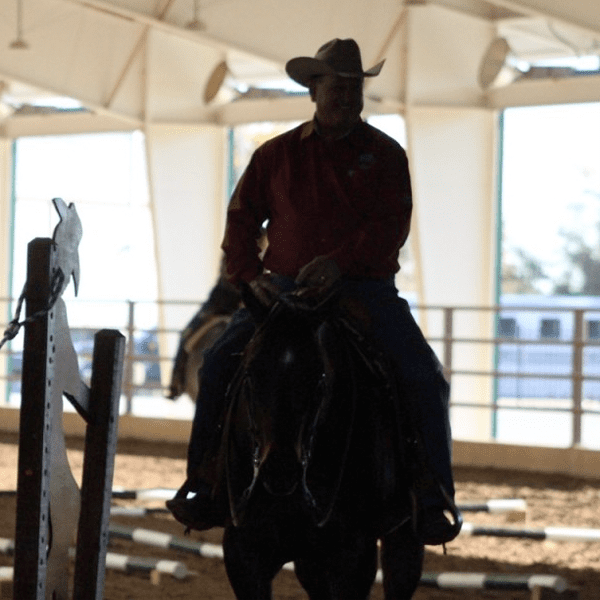By style, I am not talking about clothes, I am talking about dealing with conflict. Conflict is a part of life. There are many types of relationships within a show team – rider and trainer, parent and rider, spouse and trainer, show committees, horse organizations and more.
Every person has their own style in terms of how they deal with conflict. What’s your style? Are you an accommodator? Are you like many people, an avoider of conflict at all costs? Do you have a bit of the old-school style, “My way or the highway”? Do you lean more towards collaborating? Or do you tend to compromise?
How you deal with conflict not only affects the emotional quality of your horse involvement, but also the accomplishment of goals and potential. It makes or breaks relationships, and it happens all the time. However, many situations can be handled better, relationships salvaged, success and enjoyment enhanced when situations are handled with greater communication and conflict resolution skills.
Performance competitors and trainers alike put a lot of investment into showing. And conflict, disagreement come in many forms and sources, from differences in how financial issues are handled, training hours distributed, show schedule selection, the “fit” of a particular horse, differences in opinion on what classes a rider or horse are best suited towards, horse management and a big one can simply be differences in terms of how conflict is handled.
Some things to keep in mind when you are dealing with conflict, first of all, it is not a sign of a weakness or ineffective leadership it happens in corporations, governments, families and every barn has to deal with it on some level. Also it won’t take care of itself, it can’t be avoided and it is best if you are equipped with various approaches.
There are positive benefits to dealing with conflict when you are committed to working through an issue. It can increase motivation, improved cohesiveness, increase clarity of vision and direction, spark creativity and innovation and it prevents complacency and stagnation.
However, there is also a down-side to conflict, which is probably why many people would just rather avoid it. Negative effects of conflict are decreased productivity and satisfaction, erosion of trust and cohesion, reduced information flow, wasted resources (time and people) and decreased personal health due to stress. Constant conflict will and does take its toll on health which is one of the really important reasons to improve your skill, and ability in this area.
One of the first things to recognize is there are different at least five recognizable conflict management styles. We use all of them, and we all have a “go to or default” conflict management style whether it’s the right one for the job or not. The skill in conflict management is to be aware of the different styles and to use the style to suit the situation.
- The old-school style is one of ‘power’ and characterized by “My way or the highway.” It uses “power” to resolve conflict, make decisions and is also called dominating style.
- Then there is the avoiding style as known as “don’t rock the boat” approach. Here people withdraw from situations or events associated with the difficulties. It avoids or postpones the confrontation, little or nothing gets resolved and feelings get buried.
- An accommodating style allows the other person to get what they want, “I don’t care, do whatever you want”. Individual needs do not get addressed. It is unassertive, passive-aggressive and uncooperative.
- A compromising style is about splitting the difference, a more give and take approach, where both sides make concessions. It meets the needs for a harmonious relationship and is a middle of the road orientation.
- Collaborating style is about working together to find a solution. It is consultative and inclusive, assertive and cooperative. It means being committed to assessing the situation and addressing it before the conflict magnifies.
Skillful communicators select a style based on the situation. If everyone is more aware of the different conflict resolutions styles, and monitors their own approach, conflict can have a more productive place in relationship and goals.
Stay tuned for Part 2 where I will provide examples of the appropriate use of the various conflict styles.
About the Author: Tara Costello, Ma. President and Owner of Ahead in the Game, Mental Performance Consulting for Sport. Tara has over 15 years experience with a process that supports athletes to develop a number of key mental habits and attitudes so that they can have their best days, on their biggest days. Ahead In The Game has worked with N.H.L./ A.H.L. players, Special Olympics Canada National team program, Nationally Ranked Junior Tennis Athletes, Canadian Youth Olympic team members, World Junior Curling Champions, A.Q.H.A. performance competitors and other regionally and nationally successful athletes. She is a member of the Canadian Sport Psychology Association and lives with her husband Patrick and three year old son Nathaniel in Prince Edward Island, Canada.
Reference
Conflict Resolution Workshop, by Canadian Association Advancement of Woman in Sport








